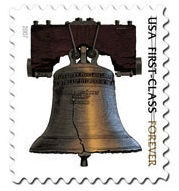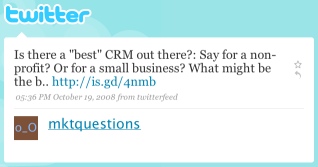Depending on who you root for, the Super Bowl might be more interesting for the commercials than for the game. But there will be one major advertiser missing from the starting lineup this year: Pepsi. The soft drink giant publicly announced in December that it would be redirecting its normal big game budget to an in-house initiative involving CRM software and social media.
As Martin Schneider pointed out on the CRM Outsiders blog, this revelation is important because it puts CRM applications on the same playing field (literally) as old media. Pepsi is not falling back on CRM software to save money in a down economy. Instead, it is redistributing its whole Super Bowl budget to the interactive initiative. Instead of relying on rates and raw market research to determine the impact of advertising, Pepsi intends to use direct feedback and relationship tracking to build stronger connections to customers.
Pepsi's move has been seen by some observers as a reaction to the backlash it suffered when overhauling its Tropicana orange juice branding in 2009. Brand managers hired a creative agency to reinvent Tropicana's logo and packaging in conjunction with a mainstream media relaunch. Consumers found the new packaging confusing, noting that Tropicana products became less distinct on store shelves. Customer relations managers at Pepsi fielded calls, e-mail, and social media messages demanding the return of the old packaging.
Pepsi recovered from the criticism by acknowledging the campaign's failure to achieve its goals and by switching most of the Tropicana products back to versions of their old packaging. With its new social CRM applications, Pepsi officials hope to use the same kind of direct customer communication to innovate new products with input from consumers. That initiative can benefit the organization all year long, not just at Super Bowl time.

 Thanks to CRM applications, sales and marketing professionals can target prospects by mail more effectively, while enjoying the benefits of both short-term and long-term tracking for mail pieces.
Thanks to CRM applications, sales and marketing professionals can target prospects by mail more effectively, while enjoying the benefits of both short-term and long-term tracking for mail pieces.
